Key Differences of Corrugated & Cardboard Boxes
In the realm of packaging, the choice between corrugated boxes and cardboard boxes is crucial, influencing not just the aesthetics of the package but also its durability and functionality. Understanding the nuances between these two types of boxes is paramount for businesses seeking optimal packaging solutions. In this comprehensive guide, we delve into the key differences between corrugated and cardboard boxes, shedding light on their distinct characteristics, applications, and advantages.

Corrugated Boxes: Unraveling the Layers
Corrugated boxes are renowned for their structural integrity and versatility. Comprising three layers – an inside liner, an outside liner, and a fluted or corrugated medium sandwiched between them – these boxes are engineered for enhanced strength and rigidity.
The Strength Within
One of the most striking features of corrugated boxes is their ability to withstand external pressures. The corrugated medium, often made from paperboard, acts as a cushion, providing a layer of insulation against impacts. This structural robustness makes corrugated boxes ideal for shipping fragile items, ensuring that the contents remain intact throughout the journey.
Versatility Unleashed
Corrugated boxes come in various types, each tailored to specific needs. Single-wall corrugated boxes are lightweight and suitable for everyday shipments, while double-wall corrugated boxes offer increased strength, making them suitable for heavier items. The versatility of corrugated boxes extends to their customization, allowing businesses to tailor the size, shape, and printing to align with branding strategies.
Cardboard Boxes: A Sturdy Classic
Often used interchangeably with corrugated boxes, cardboard boxes have their own set of characteristics that distinguish them in the packaging landscape.
Simplicity and Solidity
Unlike corrugated boxes, cardboard boxes consist of a single layer of thick paperboard. This simplicity, however, does not compromise their sturdiness. Cardboard boxes are well-suited for lighter items and are frequently employed for retail packaging, providing a clean and sleek appearance on store shelves.
Eco-Friendly Packaging
Cardboard, being a type of paperboard, is inherently more environmentally friendly. Many businesses opt for cardboard boxes to align with sustainable packaging practices, catering to an eco-conscious consumer base.
Choosing the Right Box for Your Needs
Factors Influencing Choice
Selecting between corrugated and cardboard boxes depends on various factors, including the nature of the items being shipped, the desired level of protection, and branding considerations.
Nature of Items: Fragile or heavy items may necessitate the use of corrugated boxes, while lighter, non-fragile goods can find a suitable home in cardboard boxes.
Jumbo Concrete Bag: The Perfect Solution for Large-Scale Construction Projects
The Benefits of Using PE Film
Choosing the Right Sticky Sublimation Paper for Your Projects
Benefits and Advantages of Continuous Inkjet Printers in Industrial Printing
The Role of CNG Gas Cylinders
Pet Foods Packaging: Ensuring Quality and Convenience for Your Furry Friends
Different Styles and Designs of Euro Head Caps
Protection Requirements: If the contents demand superior protection against impact, corrugated boxes provide an added layer of defense.
Branding Considerations: Customization options are more extensive with corrugated boxes, offering businesses an opportunity to reinforce their brand identity.
Advantages of Each Box Type
Corrugated Box Advantages
Strength and Durability: Corrugated boxes excel in providing robust protection for delicate items.
Customization Options: Businesses can tailor corrugated boxes to meet specific branding and packaging requirements.
Versatility: Available in various types, corrugated boxes cater to a wide range of shipping needs.
Cardboard Box Advantages
Eco-Friendly: Cardboard boxes are a sustainable choice, appealing to environmentally conscious consumers.
Cost-Effective: With a simpler structure, cardboard boxes can be a more economical option for certain packaging needs.
Retail Appeal: Cardboard boxes lend themselves well to retail environments, offering a polished and professional appearance.
Conclusion
In the intricate dance of packaging options, the choice between corrugated and cardboard boxes is pivotal. Each type has its own strengths, making them suitable for distinct applications. Whether prioritizing strength and versatility with corrugated boxes or embracing eco-friendly simplicity with cardboard boxes, businesses must weigh the advantages against their specific packaging requirements. For more details please contact Xinlongqiao
Additional reading:The Benefits of Push Pull Water Bottle Caps
Exploring the Applications and Advantages of PE Aluminum Profile Protective Film
DTF Ink: Revolutionizing Textile Printing
The Essential Guide to LPG Cylinder Safety: Tips and Best Practices
Pet Food Pouches: Convenient and Nutritious Meals for Your Furry Friends
What is cold forming process in blister packaging?
What Size Tarp for Camping?
149
0
0
Related Articles
-
180
0
0
-
171
0
0


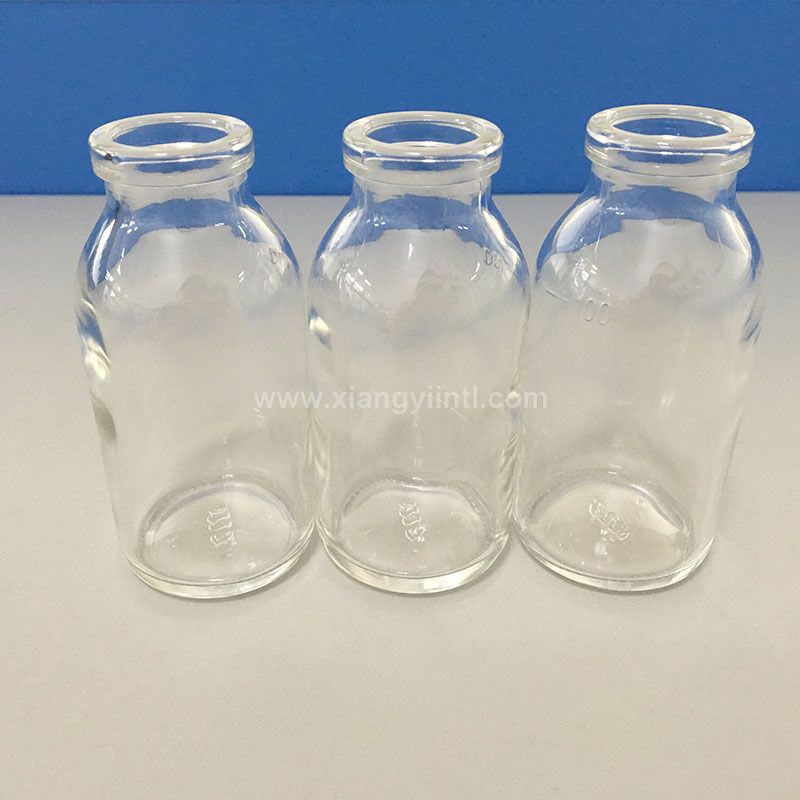
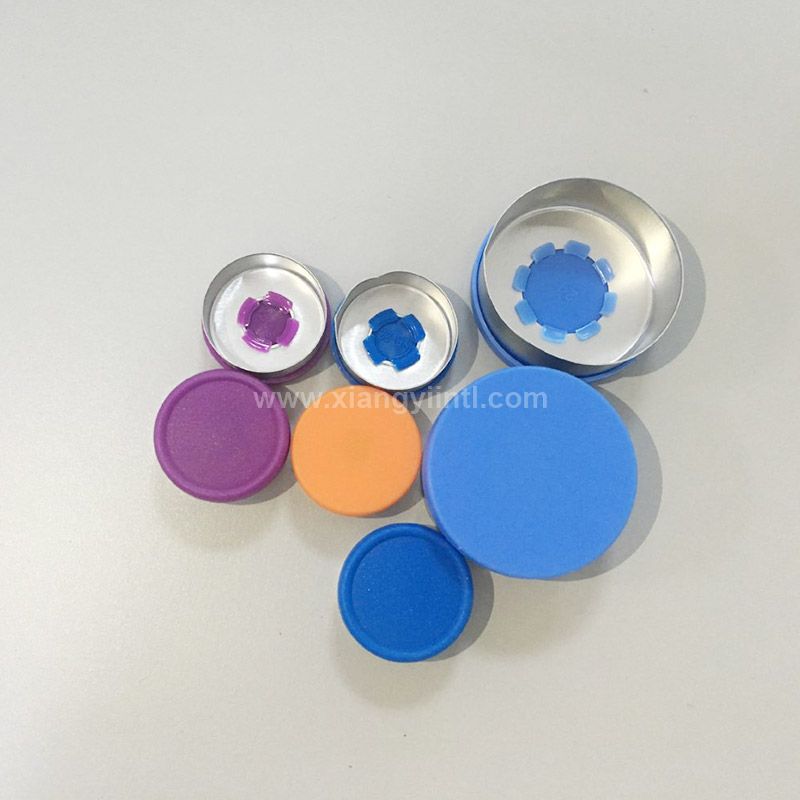
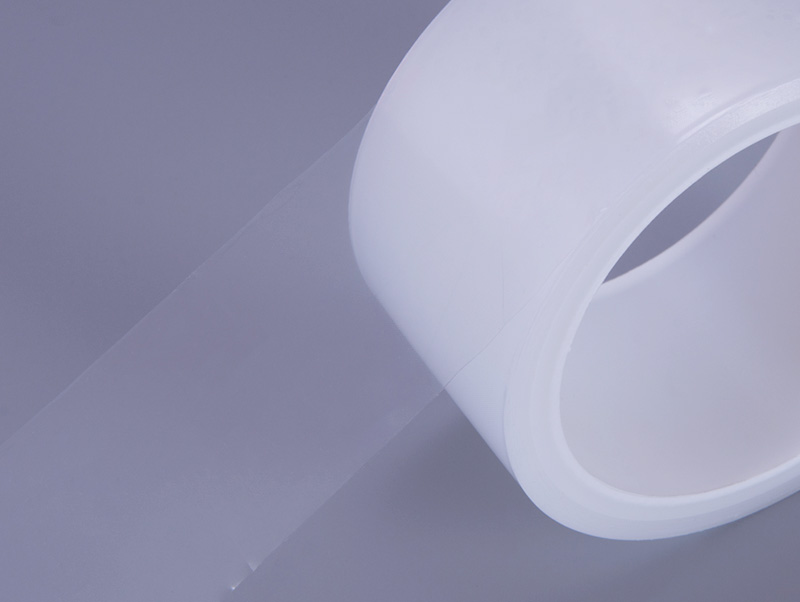
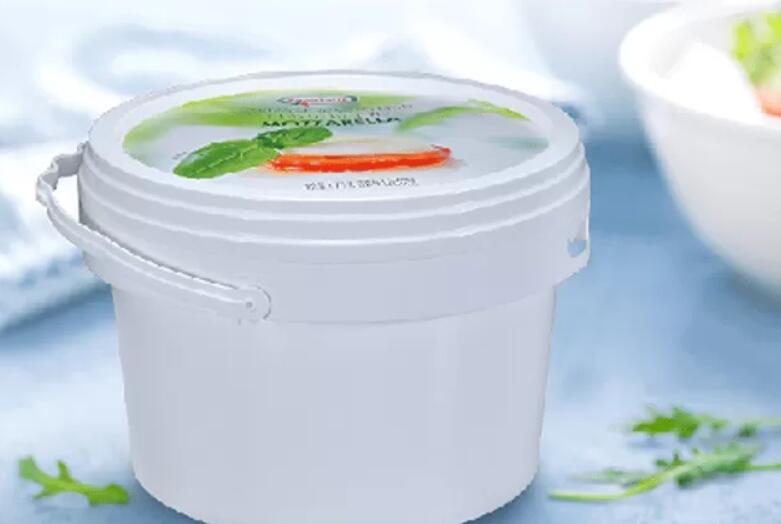
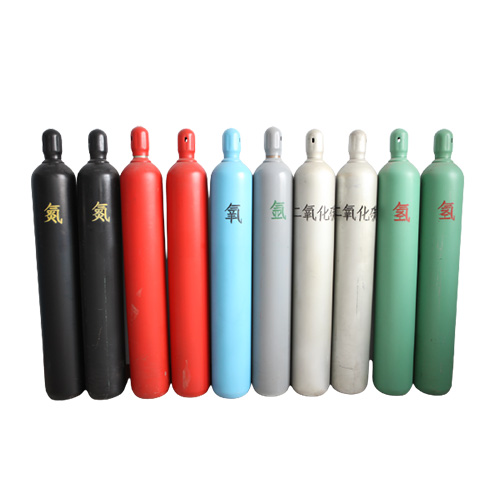
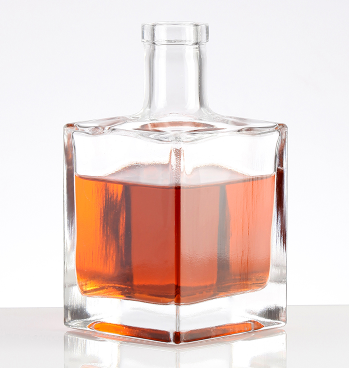
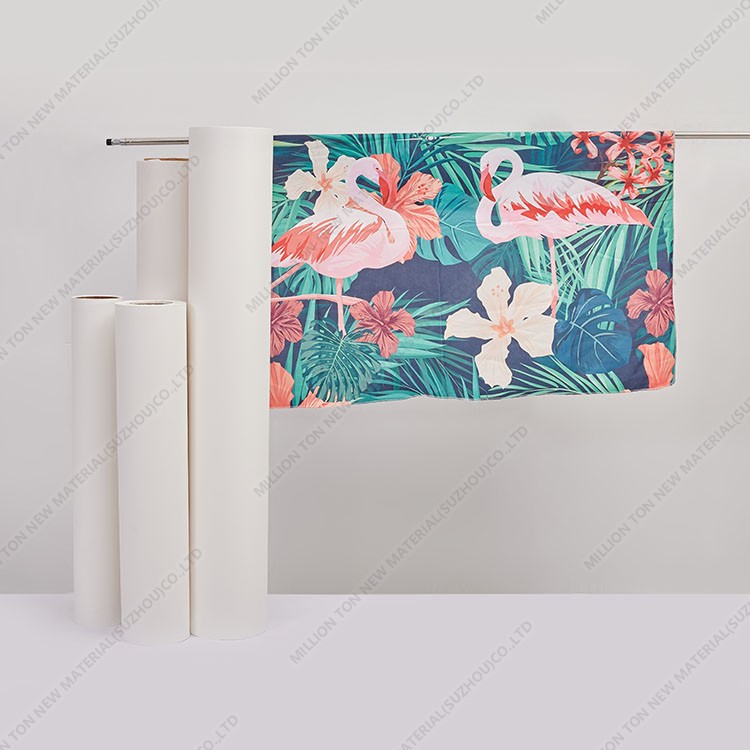
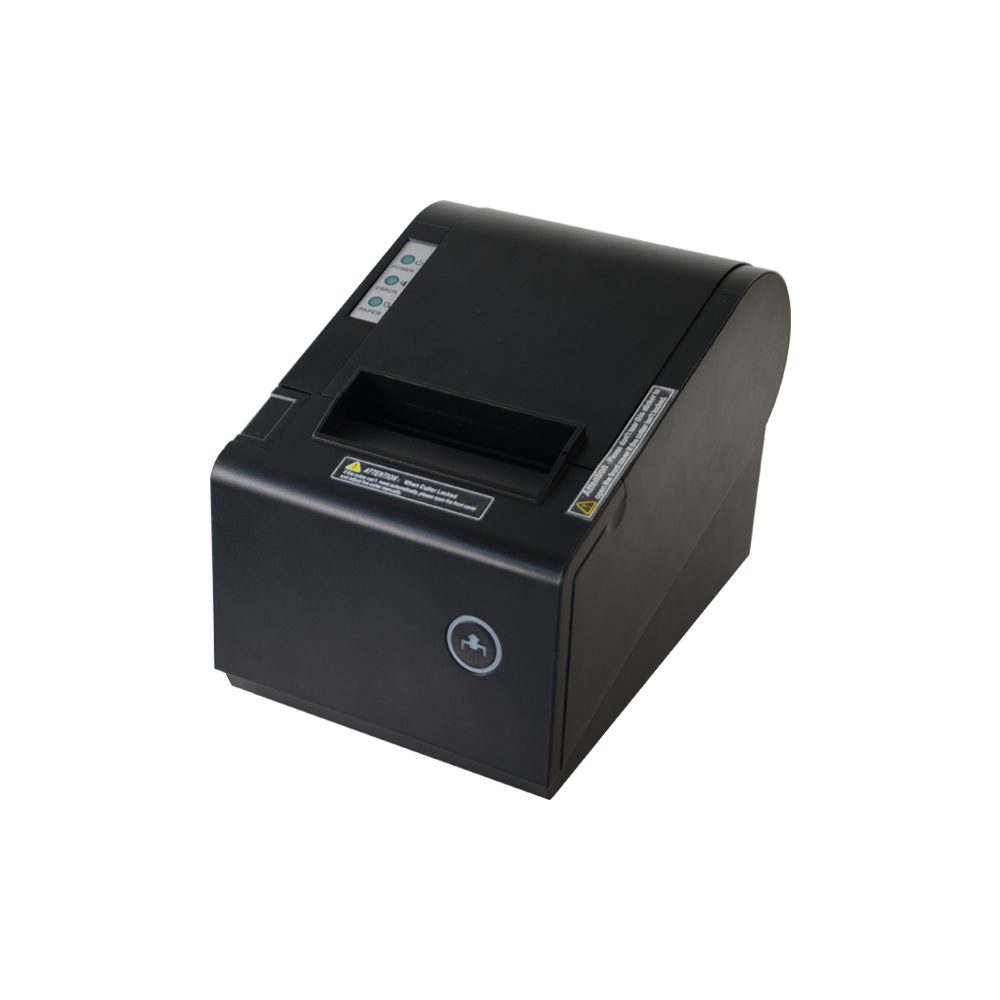
Comments
All Comments (0)